
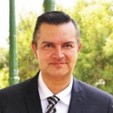
In this lecture, Dr. Carlos Arturo González Llamas will cover the topic of bone loss around dental implants caused by an inappropriate implant placement depth and prosthetic connection.

Nowadays, new technology and materials proved that losing even the minimum amount of bone around the implant yearly is not to be considered normal. In this lecture, Dr. Ricardo Naves will present the fundamental surgical and prosthetic features required to ensure zero peri-implant bone loss – and improved bone levels around the implant.
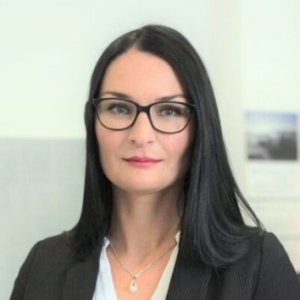
This lecture will examine the problems of implant-prosthetic reconstruction, with a special focus on patients with bruxism, as well as the risk factors affecting implant survival rate and increasing the number of treatment failures. Lastly, it will examine the current state of knowledge on the relation between the occurrence of bruxism and the risk of implant-prosthetic complications.

In this talk, an alternative technique to the normal sinus upper jaw lift will be presented. This technique represents a minimally-invasive approach to reduce biological costs using the osseodensification mode. With this technique, it is possible to place the implant with high primary stability and vertical bone height increase, both with and without bone grafting.
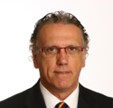
There are several variables that can influence the healing process of implants installed immediately after the extraction of the tooth. This lecture will cover aspects such as the position and dimensions of the implants in relation to the extraction sockets, the use of alveolar preservation or regenerative techniques, and the presence of neighboring teeth.

Due to the difficulty of drawing a dividing line when it comes to the treatment plan, practitioners must carefully evaluate all clinical and radiological data, as well as the patient’s expectations. The main goal is for the specialist to be able to correctly assess the situation in order to decide between saving the tooth and extracting it.
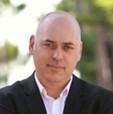
The dental rehabilitation of an atrophic jaw poses many challenges. Given the advances in digital technologies, the idea of subperiosteally placed implants has been revived. The concept of today’s patient-specific subperiosteal implants (PSI) lies on a 3-dimensional model based on a CT scan of the patient’s jaw. Therefore, it allows the creation of a custom-made, tightly-fitting implant that is fixated with several multi-vectorial screws, which are carefully planned to avoid anatomical landmarks and to gain anchorage on dense bone.

Changes to implant surface properties alter the immune response, osteoblast differentiation of bone marrow stromal cells (MSCs), and implant integration in vivo. Implants that are exposed to air have a hydrophobic surface which can limit the overall implant success, due to the absorption of atmospheric hydrocarbons. Research suggests that applying plasma during implant placement is an effective method for enhancing osseointegration by increasing surface wettability.
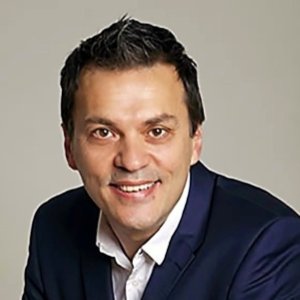
This lecture will showcase the critical importance of workflow and teamwork in the achievement of same-day AOX rehabilitation. Those attending will enjoy a first-hand experience of patients’ journey from dental dysfunction and total lack of confidence to full restoration of both their dentures and their confidence.
We look forward to seeing you at this highly-anticipated event. Claim your seat here now, to benefit from this unique opportunity to learn and network alongside 18 world-renowned implantology experts.
Check out our website for more details, and follow us on our social media to keep in touch: Facebook, Instagram, and Twitter.